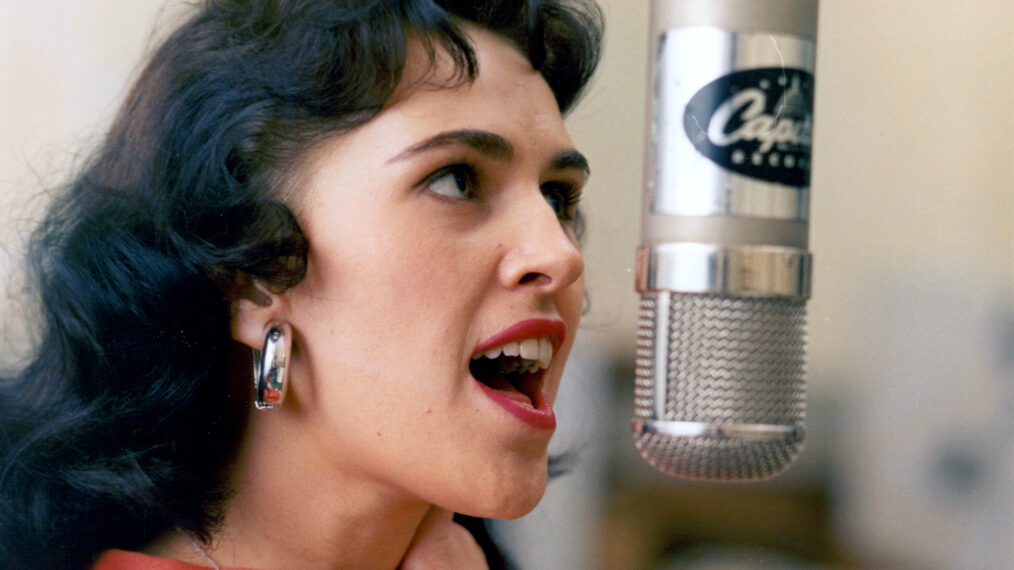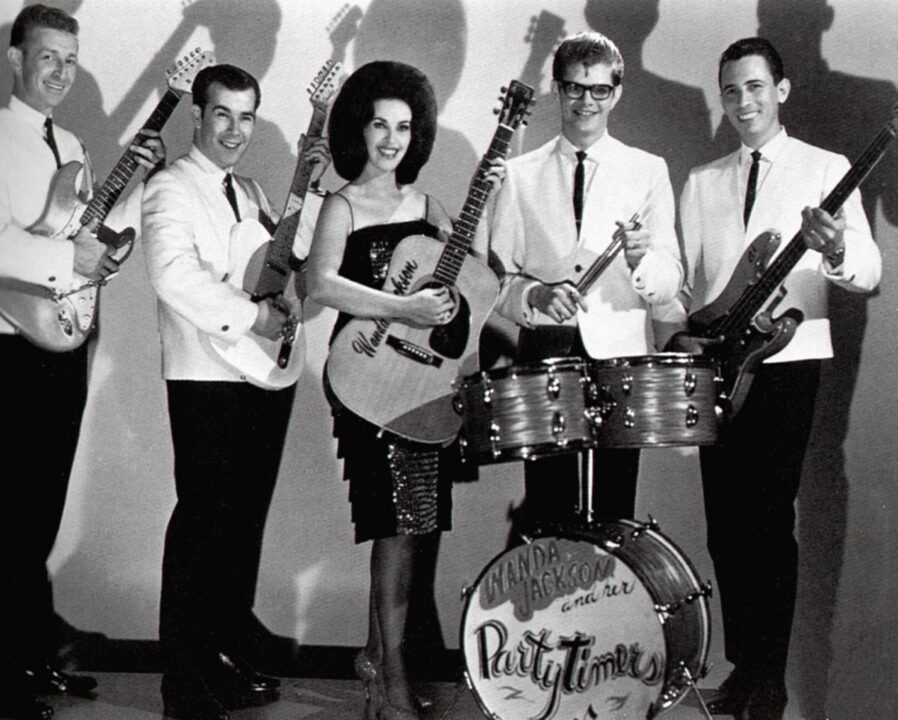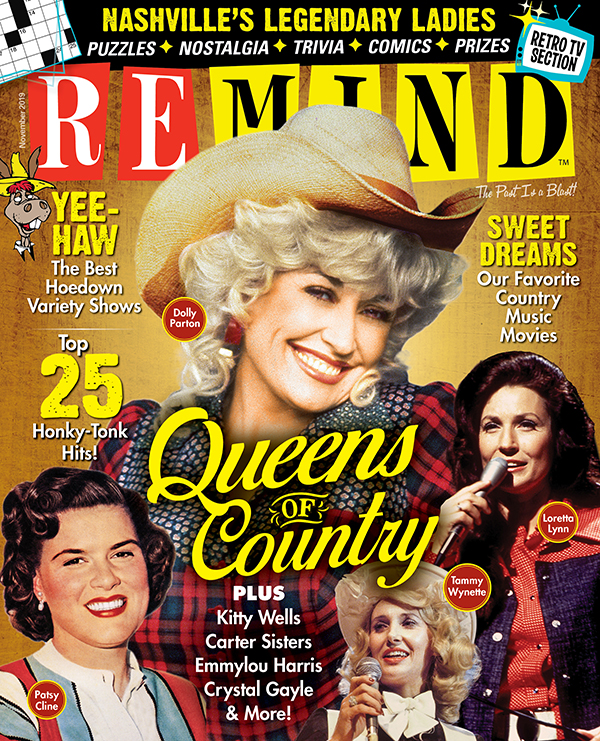All About Wanda Jackson, the Queen of Rockabilly, Plus: Where Is She Now?

Wanda Jackson was a pioneer not only for females in the country music industry, but also in the rock’n’roll world, where she quickly became the “Queen of Rockabilly” thanks to the suggestion of the King of Rock ’n’ Roll, Elvis Presley, while the two were on tour together in the 1950s. She told the Guardian “My daddy, who was my first manager, wanted me to be open to new things that come along; he thought Elvis was right. We could see his crowds were young people, the excitement they had for his music, and then it got to where you turned the radio on, you couldn’t find anything but that, so we said: ‘Let’s give it a try.’” And the rest, as they say, is history.
Wanda Jackson’s early years
Wanda Jackson born on Oct. 20, 1937, in Maud, Oklahoma, and from a young age was encouraged to play music by her father, himself a musician. She began singing professionally while still in high school and recorded a few singles for Capitol Records, including “You Can’t Have My Love,” a 1954 duet with Billy Gray that reached No. 8 on the country chart. Jackson was turned down for a deal with Capitol Records; undeterred, she signed with Decca Records instead.

GAB Archive/Redferns/Getty
It wasn’t until after she graduated from high school that Jackson went on the road to tour. She was often paired with another aspiring star, Elvis Presley, who she dated briefly and who encouraged her to sing rockabilly — an early style of rock ’n’ roll that blends country music with rhythm and blues. Her parents were heavily involved in her tour, with her father acting as manager and her mother designing all of Jackson’s signature glamorous outfits.
In 1956, she finally signed with Capitol, and her single “I Gotta Know” peaked at No. 15. Along with other smaller hits, Jackson also recorded “Fujiyama Mama,” which hit No. 1 in Japan and led to her touring the country in 1959. But in 1960, she scored a U.S. Top 40 pop hit with “Let’s Have a Party,” previously recorded by Presley. This was followed by country songs “Right or Wrong,” which peaked at No. 9 (and its B-side, “Funnel of Love”), and “In the Middle of a Heartache,” at No. 6. Her success led Capitol to release some of her earlier material, and in 1963 she recorded her album Two Sides of Wanda, which earned Jackson her first Grammy nomination for Best Female Country Vocal Performance. She married her husband, Wendell Goodman, in 1961, and the two were together till his death in 2017 and had two kids together.
Going back to country & gospel roots
As rockabilly faded from public popularity, Jackson switched to more traditional country music. In 1966, she had two songs in the country Top 20 — “Tears Will Be the Chaser for Your Wine” and “The Box It Came In.” Soon she cultivated an impassioned persona of a woman scorned, which included the release of the single “My Big Iron Skillet.” In the 1970s, she and her husband went through a rough patch of alcoholism and abuse, which led her to the path of Christianity and turning to gospel music. In 1970, she released “A Woman Lives for Love,” which gave her a second Grammy nomination, and “Fancy Satin Pillows.” After dipping her toe into gospel music, Jackson came back to rockabilly with a vengeance in the ’80s and ’90s. She released the album Rockabilly Fever in 1984 (re-issued as Rock ’n’ Roll Away Your Blues in 1986).
Where is Wanda Jackson now?
Jackson continued touring throughout the 2000s and even teamed up with Jack White for an album, The Party Ain’t Over (2011). She released the album Unfinished Business in 2012 before announcing her retirement from live performing in 2019 following a stroke, among other health issues. Her songs are frequently covered by other artists — including Cyndi Lauper, Rosanne Cash and Rosie Flores — and she is in the Rock & Roll Hall of Fame as an Early Influence.
Right after announcing her retirement, she also came out with one final album called Encore in conjunction with Joan Jett and Kenny Laguna, which was released in 2021. She said, “Right around the time I retired from performing and what I thought was the end of my career, I found myself back to writing songs with some of the great writers in Nashville. The songs you hear are truly my life story. This is the first time I have ever inserted so much of my personal life into my music. You’ll get a picture of my early life and have a peak into the closeness that my late husband Wendell and I had in our life together.
In 2023, she was honored with a permanent portrait of herself at the Oklahoma state capital, plus an honorary Doctorate of Fine Arts from OSU, and in 2024, her hit recording “Let’s Have a Party” was inducted into the Grammy Hall of Fame. She currently resides in Oklahoma and occasionally posts to her social accounts.
View this post on Instagram

Queens of Country
November 2019
Get your toes-tapping as we give a nod to the queens of classic country music.
Buy This Issue